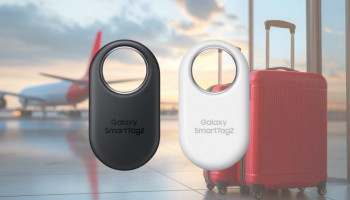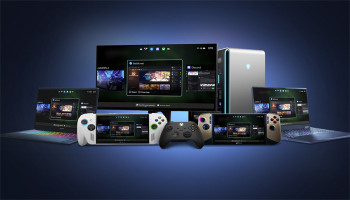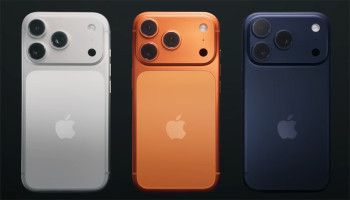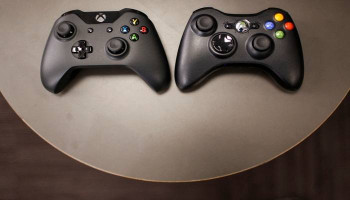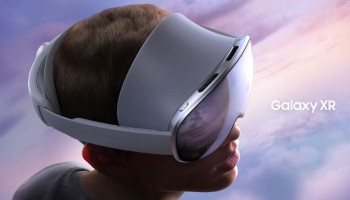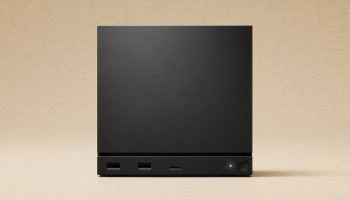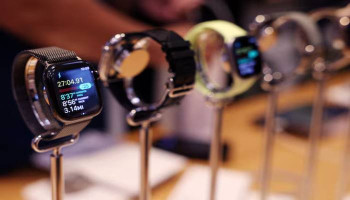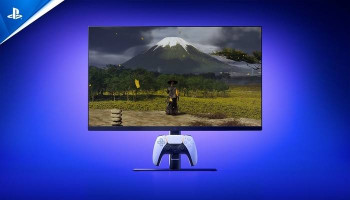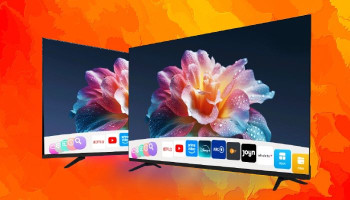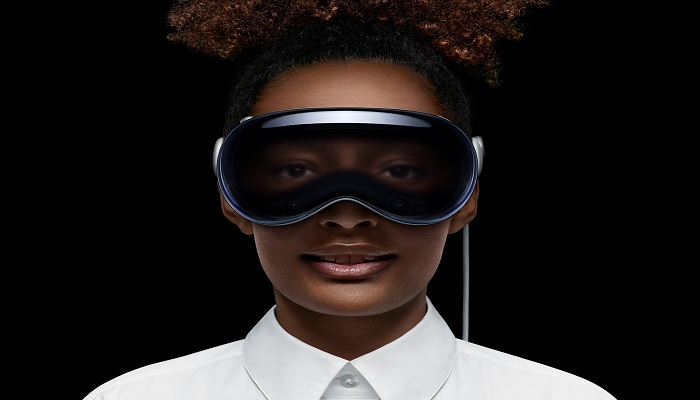
Amidst the bustling tech congregation at CES in Las Vegas this week, Apple has chosen to shake up the tech headlines by unveiling a groundbreaking update — marking a shift from the traditional trade show scene. The tech giant just confirmed the impending release of the Apple Vision Pro in the US on February 2, with pre-orders kicking off on January 19.
Priced at $3,499 for the base model with 256GB storage, the Apple Vision Pro will be accessible for purchase at all US Apple Store outlets and online. Sporting a modular design, the headset will be accompanied by various add-ons like the Solo Knit Band and Dual Loop Band, catering to diverse head sizes. Included in the package are the essential external battery, USB-C charging cable, and power adapter.
At launch, users diving into the innovative device will gain access to over a million apps, benefitting from native support for iPad apps. Alongside productivity tools such as the Office suite and Slack, Apple pledges an exhilarating entertainment ride with 150+ 3D titles on the Apple TV app and backing for a novel Immersive Video format.
Tim Cook, Apple’s CEO, remarked, “The age of spatial computing is here. The Apple Vision Pro stands as the pinnacle of consumer electronics, introducing a revolutionary and enchanting user interface that will redefine our connections, creativity, and explorations.”
The Apple Vision Pro boasts two 1.41-inch micro-OLED displays flaunting a 90Hz refresh rate, along with an array of 12 cameras, five sensors, and six microphones. Introducing Optic ID technology as an alternative to Face ID, Apple ensures similar functionality by scanning a user’s iris.
Setting itself apart, the Vision Pro introduces EyeSight, a feature rendering the device translucent when someone approaches the wearer. This allows users to observe their surroundings, mitigating the isolating aspects of VR, while projecting their eyes on the headset.





